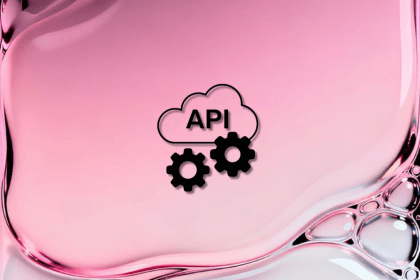
Discover what’s new in The Replay, LogRocket’s newsletter for dev and engineering leaders, in the January 7th issue.

useEffectEventJack Herrington breaks down how React’s new useEffectEvent Hook stabilizes behavior, simplifies timers, and enables predictable abstractions.

AG-UI is an event-driven protocol for building real AI apps. Learn how to use it with streaming, tool calls, and reusable agent logic.

Frontend frameworks are often chosen by default, not necessity. This article examines when native web APIs deliver better outcomes for users and long-term maintenance.
Hey there, want to help make our blog better?
Join LogRocket’s Content Advisory Board. You’ll help inform the type of content we create and get access to exclusive meetups, social accreditation, and swag.
Sign up now
One Reply to "React Hooks: The good, the bad, and the ugly"
I’ve found useState() to be nerve wracking and strange. It gives me more of what I don’t need, and the whole Hooks framework takes away things that I depend upon.
I depend on the ‘this’ object in class components. The object is created when the component is first used, and stays in existence until it vaporizes. I put a lot of intermediate and calculated variables in it. I also have references to important data structures in it. You could call these ‘state’, except really they never change, or rarely change, or, somehow, labeling them ‘state’ just doesn’t seem right.
Say I’ve got some state, in this.state. When these variables change, I need to go thru a lot of calculations to form data structures that render() can use to draw with. render() also happens when props change, but no recalculating needs to be done then. Where do I keep those intermediate data structures? Just toss them and recalculate every time there’s a render? I store them on ‘this’.
I have references to large data structures that are shared among half a dozen or more other components. Many components all have a reference to some of those data structures for easy access while the software is running. This is why I like a ‘this’ object – I can set those references and not have to rebuild my network of references every render, reaching thru this object to get the reference to the other object, from which I get another object I need. Do I throw all this info into a cave in the hopes that next time this instance of this component is called, it’ll return to me the exact same instances I threw into the cave?
All this goes way beyond the little toy examples I see for hooks. I have interdependencies between data in components that aren’t conveniently nested inside each other. You type in different numbers here, and the graphics over there changes. I have WebGL graphics that don’t redraw with the rest of the DOM, and cross-frame communication with other iframes.